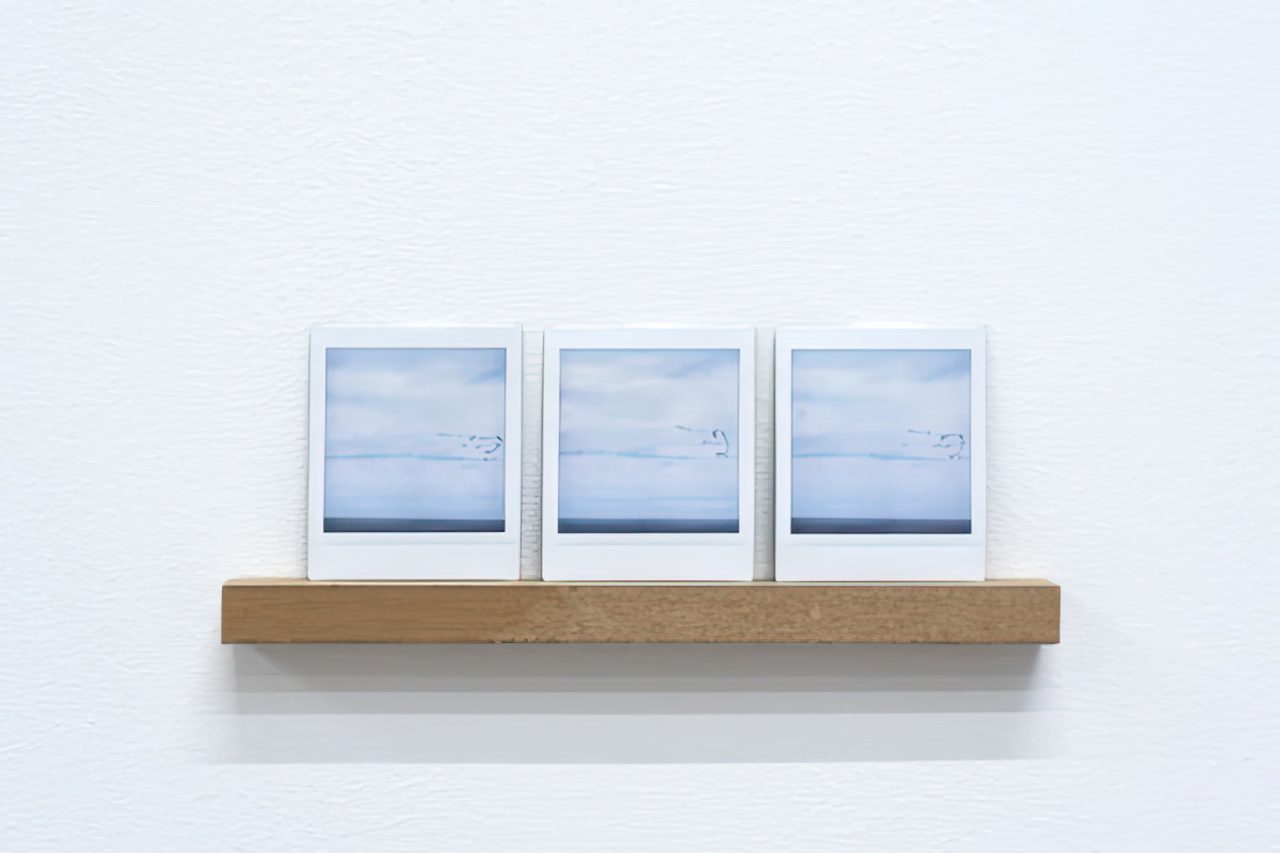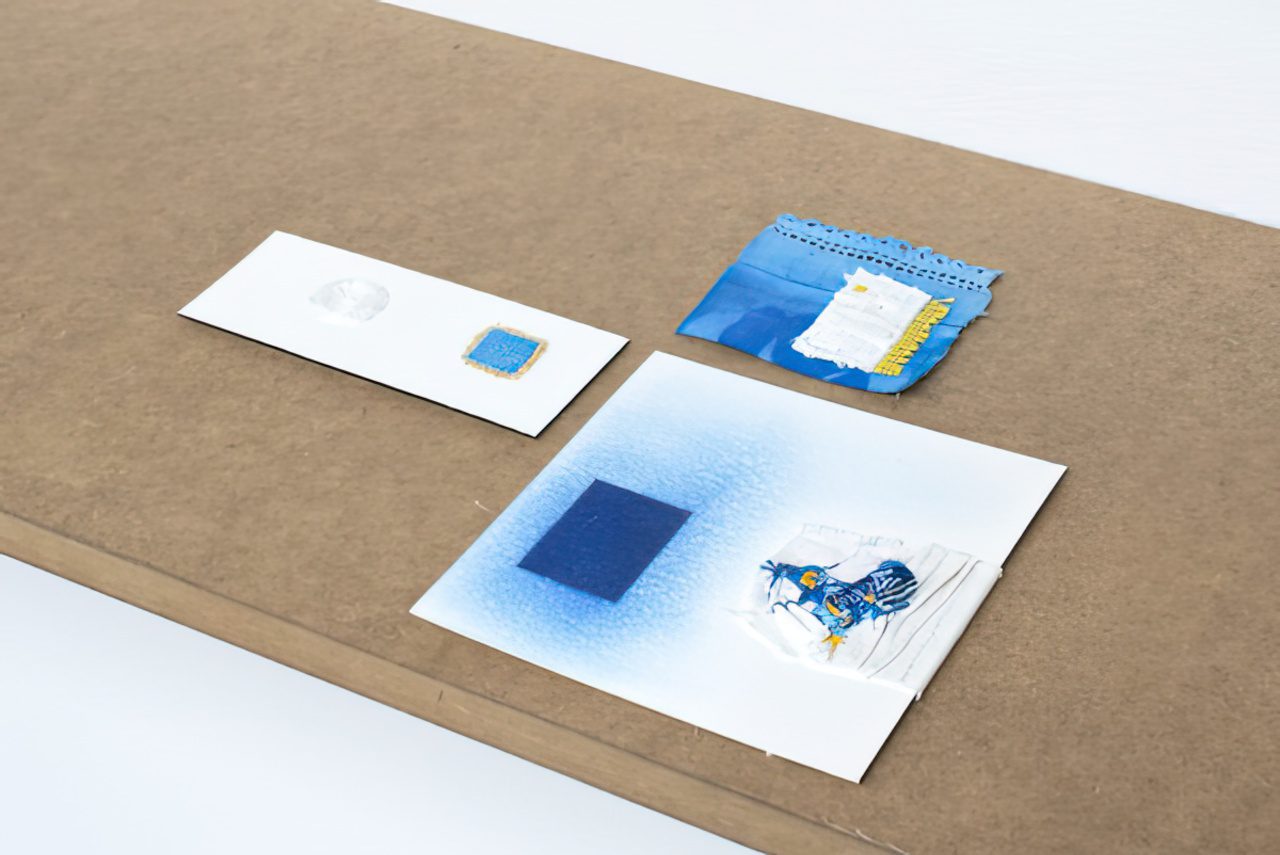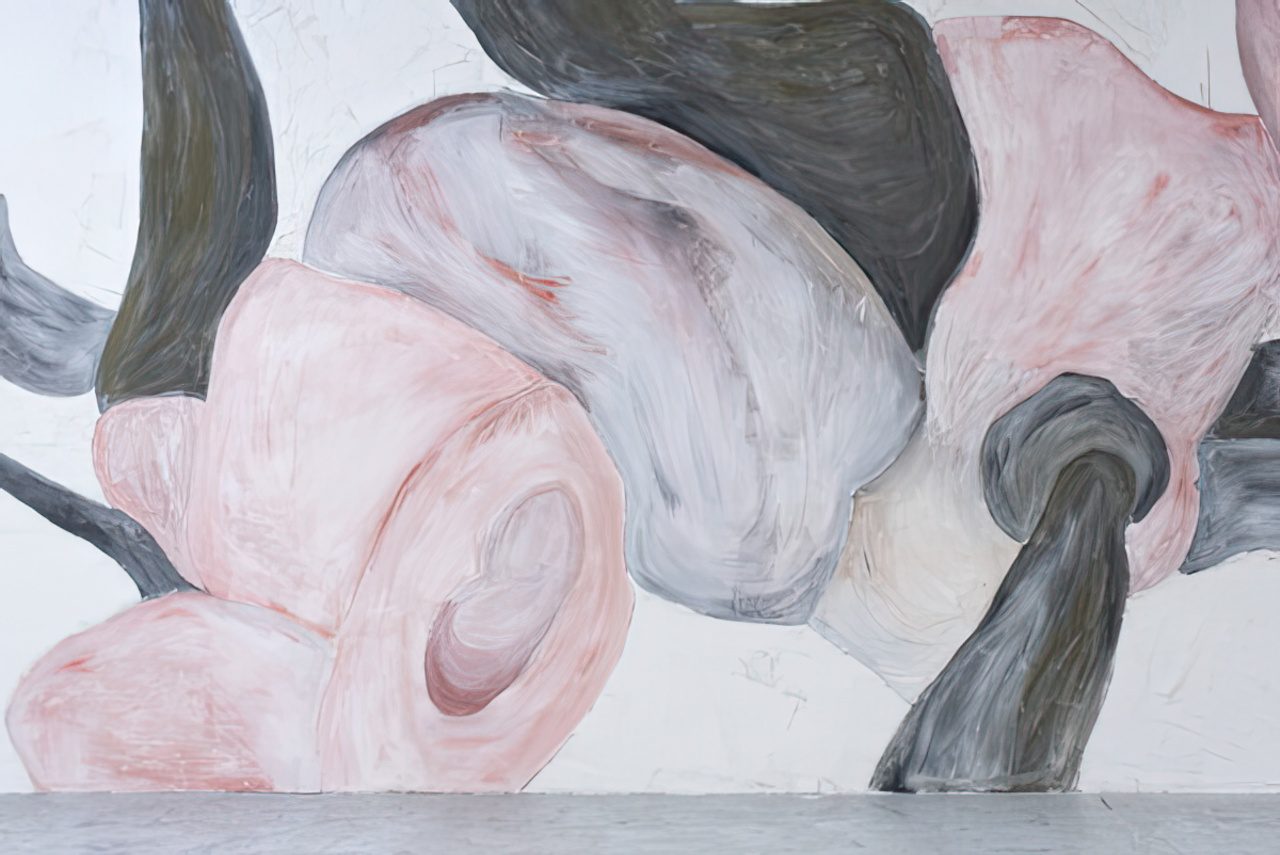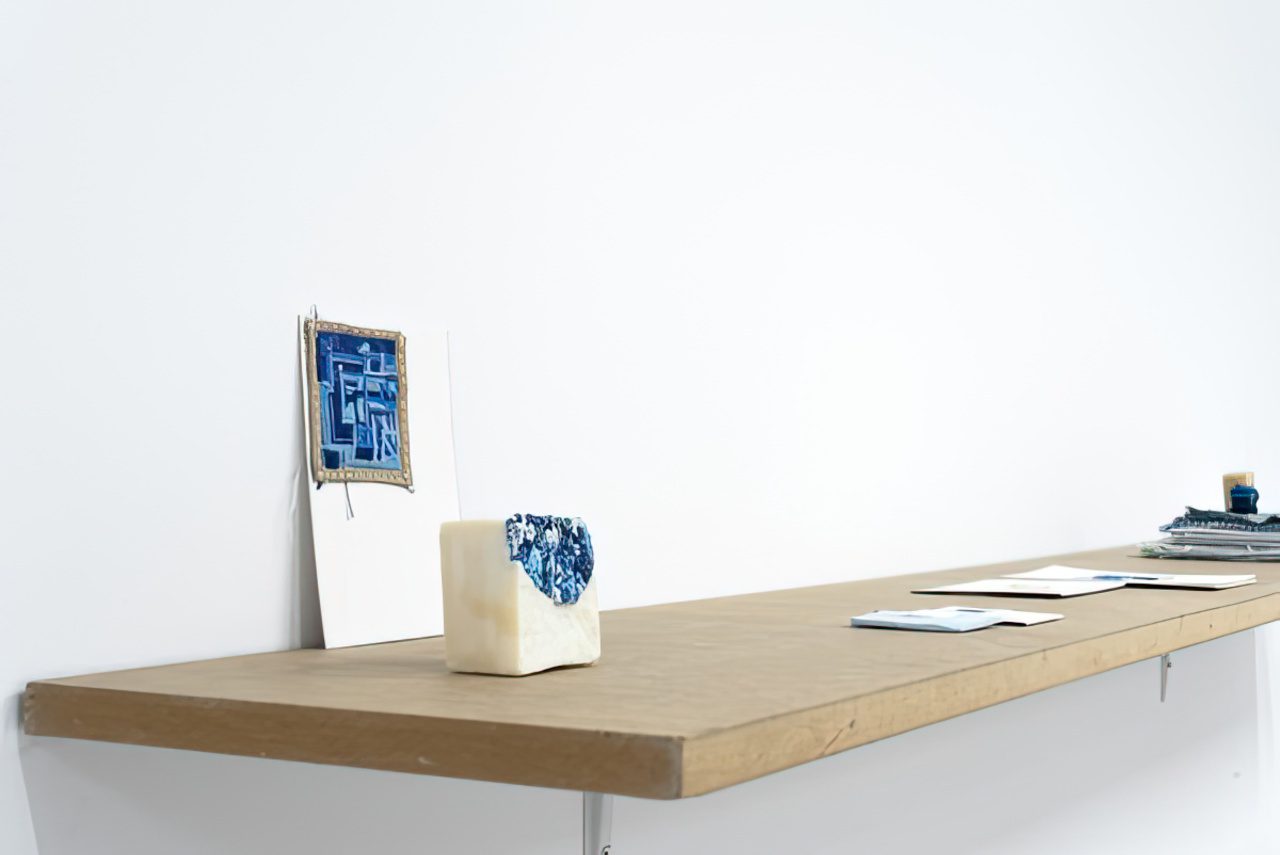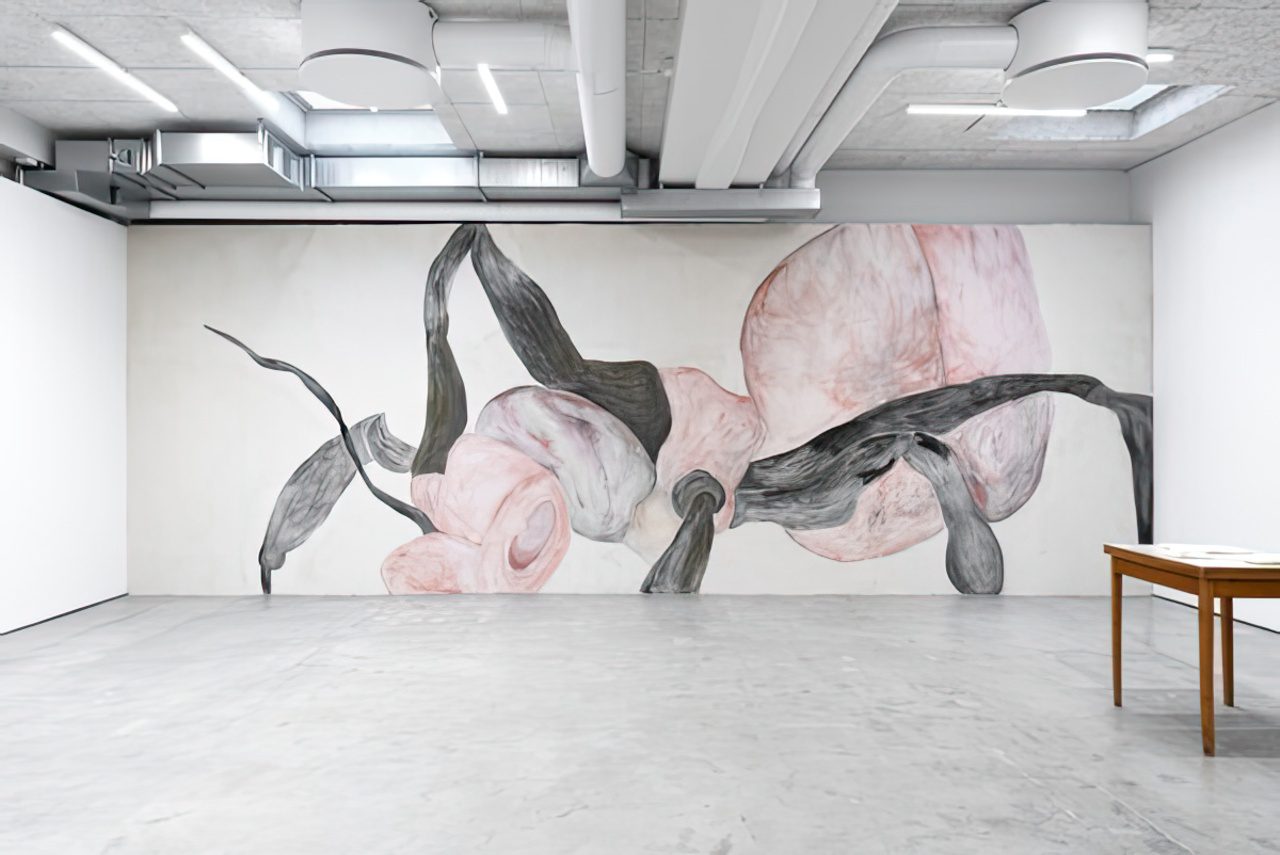ART CITIES: Malmö-Majd Abdel Hamid and Melanie Kitti
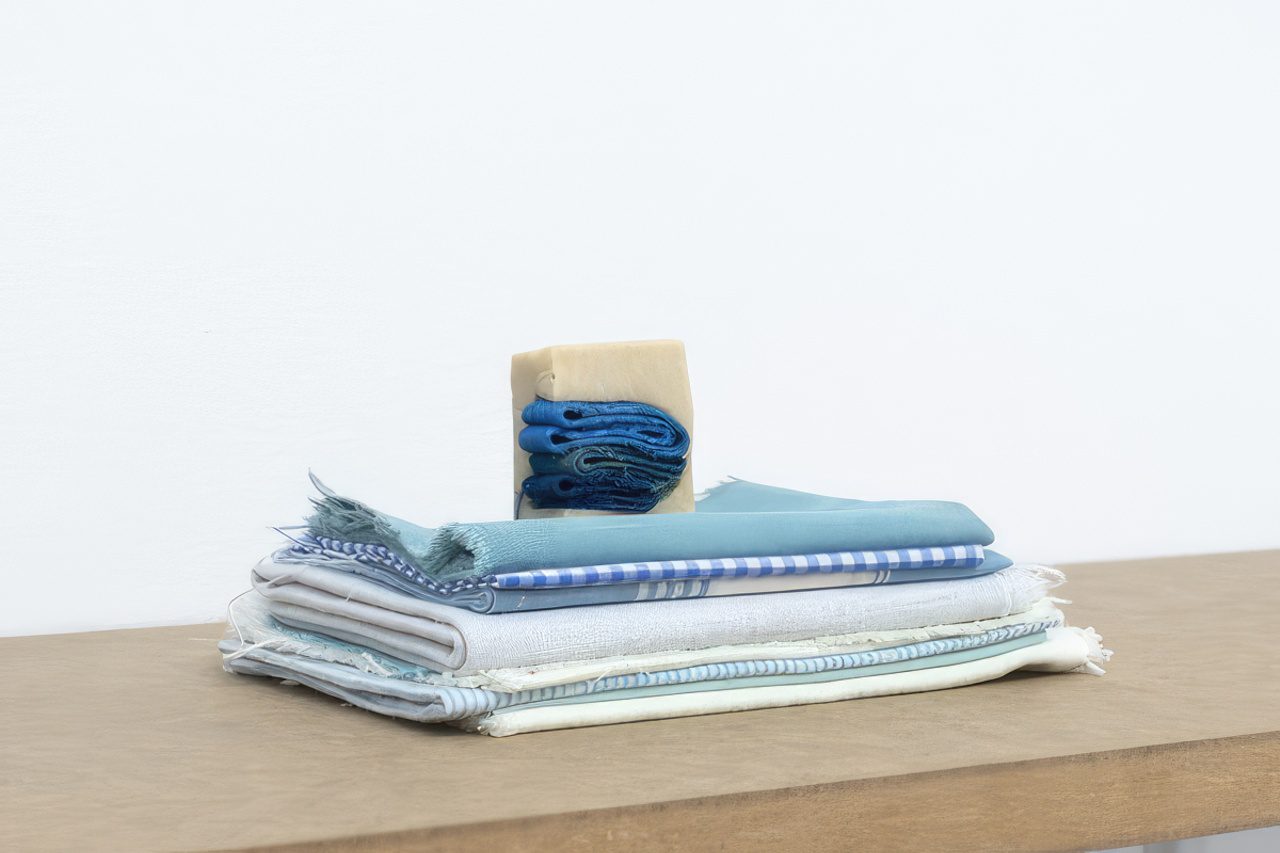 Fresco and Embroidery are ancient skills that bare history and memory within them. Not as materials, but as testimonies. Silent processes performed through time consuming repetition and a slowness that embraces possible flaws in their narrative. Majd Abdel Hamid and Melanie Kitti present the exhibition “(Inside) A Wave, A Cocoon” at SIGNAL—Center for Contemporary Art in Malmö.
Fresco and Embroidery are ancient skills that bare history and memory within them. Not as materials, but as testimonies. Silent processes performed through time consuming repetition and a slowness that embraces possible flaws in their narrative. Majd Abdel Hamid and Melanie Kitti present the exhibition “(Inside) A Wave, A Cocoon” at SIGNAL—Center for Contemporary Art in Malmö.
By Dimitris Lempesis
Photo: SIGNAL Archive
Self-taught in traditional embroidery, the works created by the Palestinian artist Majd Abdel Hamid are the result of careful crafting conceived as “sculptures in time” in their quest for resilient beauty amidst a continuous state of emergency. Remembering and existing can be an ongoing movement through your hand. Hamid’s work is akin to an archeology of violence and trauma from which he unearths the materials that weave a web of new imagination. In doing so, he regenerates the art of cross-stitch embroidery, which has become an emblem of Palestinian identity, and applies it to historical and political subjects. Whether he embroiders media images of the Syrian war, in “Snapshots” (2016), or the architectural prison blueprint in “Tadmur” (2019), he transposes these horrors into the familiar space of domestic objects and time. Through this meditative needlework, the artist operates within a performative, repetitive gesture. In his work, stitching is articulated in terms of labor, time, form, color, imagery production, and the pixel. As such, Hamid’s practice functions within an assemblage of tensions: between the fetish and the aesthetic, between the individuality of art practice and the relative autonomy of craftsmanship, the slow process of rendering stitches on a surface and the acceleration of time, imagery and trauma. His works are situated within dichotomies of construction and concealment; they devour the banality of embroidery as a celebration of national identity. Melanie Kitti is an artist and author, educated at the Academy of Creative Writing in Copenhagen (2021) and the Royal Danish Art Academy in Copenhagen (2017–18) and the Academy of Fine Arts in Oslo (2013–19). Melanie Kitti’s writing and visual arts practice stems from a place of disruption, fragmentation, and discontinuity. Her acclaimed literary debut, “Halvt urne, halvt gral” (Half Urn, Half Grail, Gyldendal, 2022), collects succinct and fleeting notes on a family—and consequently a mental state—about to dissolve. Her painterly practice employs DIY fresco techniques on bulks created from, for instance, plaster. Using materials impossible to preserve, she creates a frailty always at risk of imploding. With pigments, limestone and plaster Melanie Kitti (both embraces and dissolves the boundaries between applied and fine arts. Personal and historical contexts are as intertwined as the layers of material she applies—scraping and painting, adding and erasing. And in this particular fresco painting, the symbolism inherent in the collective life of ants. Did you know that ants can perform highly skilled acts of surgery to heal their wounded fellows? At the peak of the abyss, misery and frustration, there is something that reminds us that there are other possibilities, other probabilities—inside a wave of transformation rests a cocoon of change, protecting time from its turbulence.
Photo: Majd Abdel Hamid, Ode to sea (Kerkennah, Beirut, Anafi), 2023-ongoing. Photo: OMN, © Majd Abdel Hamid, Courtesy the artist and SIGNAL—Center for Contemporary Art
Info: SIGNAL—Center for Contemporary Art, Monbijougatan 17D, Malmö, Sweden, Duration: 27/10-8/12/2024, Days & Hours: Thu-Fri 12:00-18:00, Sat-Sun 12:00-16:00, www.signalsignal.org/
